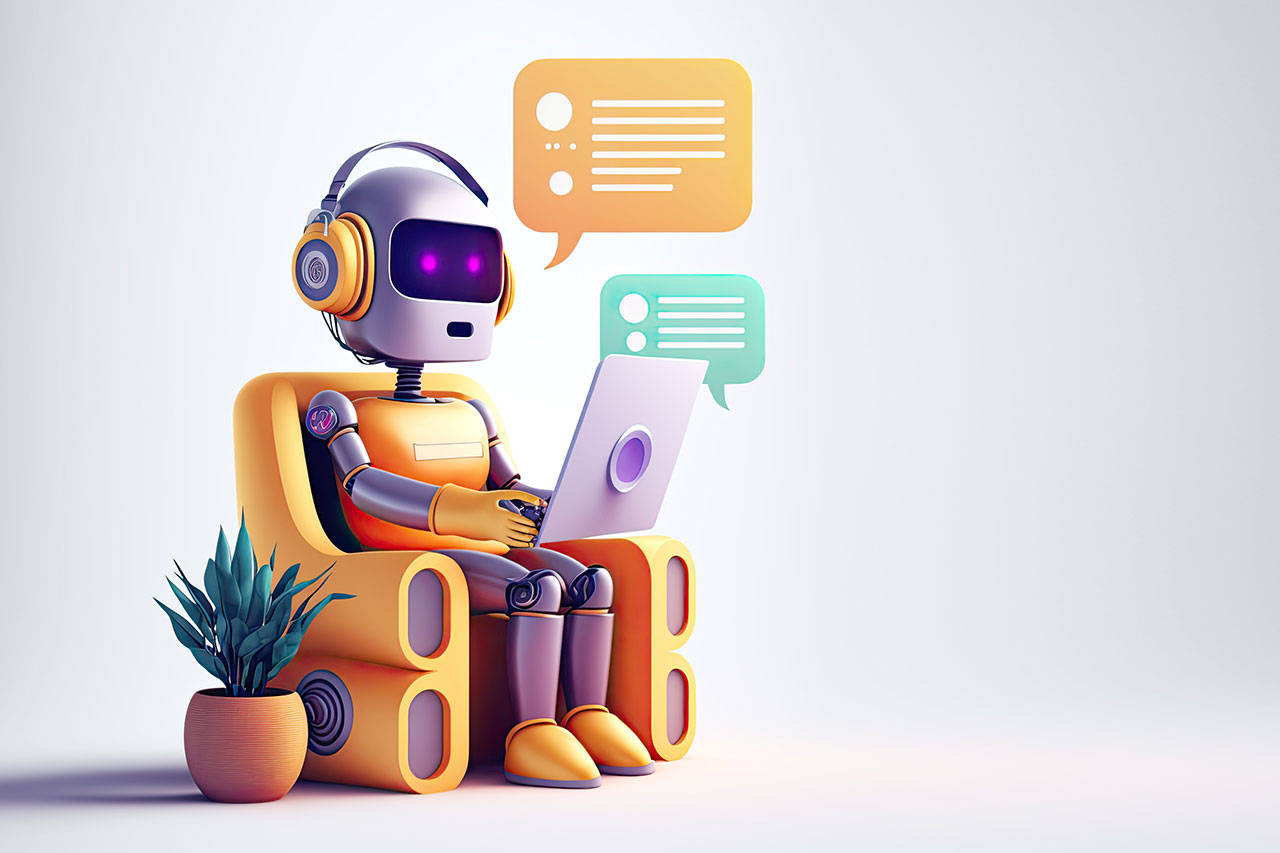The rapid advancement of generative AI, epitomized by tools like ChatGPT, has sparked both excitement and concern across various industries. These AI systems, capable of generating human-like text, have shown tremendous potential in automating tasks and enhancing productivity. However, with this potential comes a significant challenge: the issue of trust.
The Power and Limitations of Generative AI
Generative AI tools are reshaping how we create and interact with content. From drafting emails to creating entire articles, these systems leverage vast datasets to predict and generate text that mimics human writing. Yet, the very mechanism that makes these tools powerful also introduces limitations. Unlike human writers who draw from understanding, experience, and research, generative AI operates on patterns and probabilities without true comprehension. This raises a fundamental question: How reliable are these AI-generated outputs?
One of the main concerns, as highlighted in recent discussions, is the propensity of AI to produce content that appears accurate but is not necessarily correct. This phenomenon, often referred to as "AI hallucination," occurs when AI generates information that sounds plausible but is factually incorrect or misleading. This issue is exacerbated by the tendency of users to trust AI outputs without sufficient scrutiny, a behavior described as "magic-8-ball thinking." Such reliance on AI without validation can lead to significant errors, especially in fields that demand high accuracy, such as law and journalism.
Establishing Trust: Transparency and Human Oversight
Building trust in generative AI requires a multifaceted approach. Transparency in AI processes is crucial. Users and developers need to understand how AI models are trained, the data sources they rely on, and the decision-making processes they employ. This transparency helps in identifying potential biases and inaccuracies in AI outputs, enabling users to make informed decisions about when and how to use these tools.
Moreover, human oversight remains an indispensable component of AI usage. While AI can assist in generating content, it should not replace human expertise. For example, in the legal field, AI can streamline research and document drafting, but the final review must always involve a human expert to ensure accuracy and compliance with legal standards. This practice of integrating human judgment with AI-generated content—often referred to as a "human-in-the-loop" approach—helps mitigate the risks associated with AI errors.
The Broader Implications for Information Ecosystems
The implications of trusting generative AI extend beyond individual use cases. As AI becomes more integrated into content creation and information dissemination, there is a risk that unverified AI-generated content could erode the quality and credibility of information available to the public. This is particularly concerning in academia and journalism, where the integrity of information is paramount. The rise of generative AI challenges traditional notions of authorship and credibility, as AI-generated text may lack the rigorous fact-checking and source verification that underpin scholarly and journalistic work.
Academic institutions and media organizations are beginning to grapple with these issues, often implementing strict guidelines or even outright bans on the use of AI-generated content without proper attribution and verification. These measures are aimed at preserving the integrity of information and ensuring that AI serves as a tool for enhancement rather than a substitute for human expertise.
A Cautious Path Forward
As generative AI continues to evolve, the question of trust will remain at the forefront of discussions about its use and potential. While these tools offer significant benefits, their limitations necessitate a cautious and informed approach. By prioritizing transparency, maintaining rigorous human oversight, and upholding the standards of accuracy and credibility, we can harness the power of generative AI without compromising the integrity of our information ecosystems.
In this rapidly changing digital landscape, the key to successfully integrating AI lies not in blind trust, but in a balanced approach that recognizes both its capabilities and its limitations. As we navigate this new frontier, the partnership between human intelligence and artificial intelligence will determine how we reshape the future of information and knowledge
This article integrates insights from several sources, including discussions on the trustworthiness of AI and the importance of transparency and human oversight in its application.
https://legal.thomsonreuters.com/blog/establishing-trust-in-generative-ai
https://www.weforum.org/agenda/2023/02/why-chatgpt-raises-issues-of-trust-ai-science


No Comments.